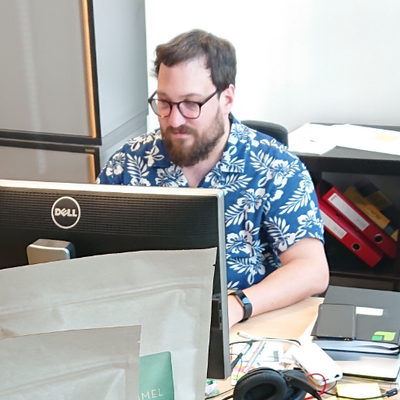Upgrading Samsung Ultra Series 5 Notebook with a SSD
During the holidays I finally found the time to upgrade my Samsung notebook by replacing the standard hard disk with a much faster SSD. There are plenty of tutorials available and the complete process is actually quite easy. For copying (and backing up) the data I used a docking station that can handle all kinds of disks, which is quite convenient for moving data between the two hard drives. My current setup consists of a “emergency” Windows 7 installation for anything which does not run with Linux and my main Linux Mate setup on a separate partition. In my case I only wanted to copy the Windows partition and install Mint from scratch as this is very easy with Linux o do.
What you will need:
- A new SSD (like the Sandisk Ultra Plus 256GB)
- Docking station
- USB stick with 2GB for booting a Linux Live distribution
- USB stick with 8B for booting a Windows repair console
- External backup disk
- Laptop
This are the steps I followed:
- Backup all important data to an external disk
- Boot the laptop from an Live Linux distribution by using the imagewriter software and an USB stick.
- Attach the new SSD to the docking station and attach the docking station to the laptop
- Launch gparted from the live system
- Copy the partitions you need by clicking right on it and select copy.
- In the upper right corner of gparted select the SSD
- Paste and choose 1 MB space between the previous partition, make sure to select “round to MiB”
- Repeat for all required partitions
- Shutdown the laptop and follow this instructions to open the case and replace the disk.
Then you can try booting from the new hard disk. If that fails you can try to use the Windows 7 USB stick in order to run the repair tools.
The Linux Mate installation is straight forward. Use the Linux USB stick to boot the Live system and install it as usual. After the system is installed, boot it and adjust the settings according to this tutorial.
The performance gain is even without tuning impressive. Boot time reduced from 2 minutes with the conventional drive down to 20 seconds with the new SSD setup.
